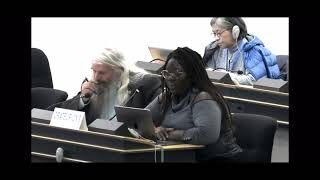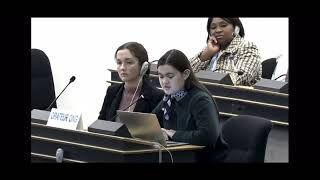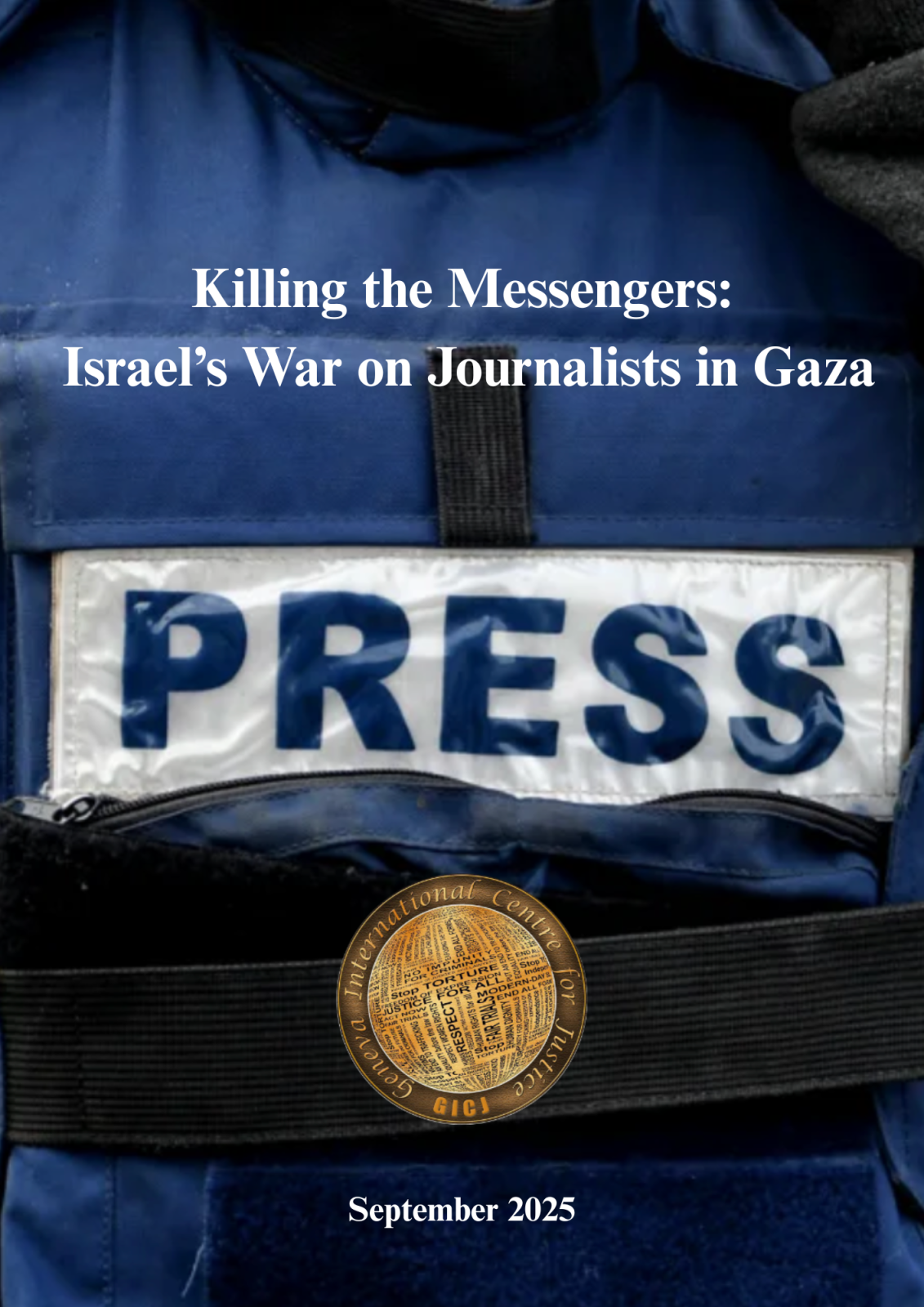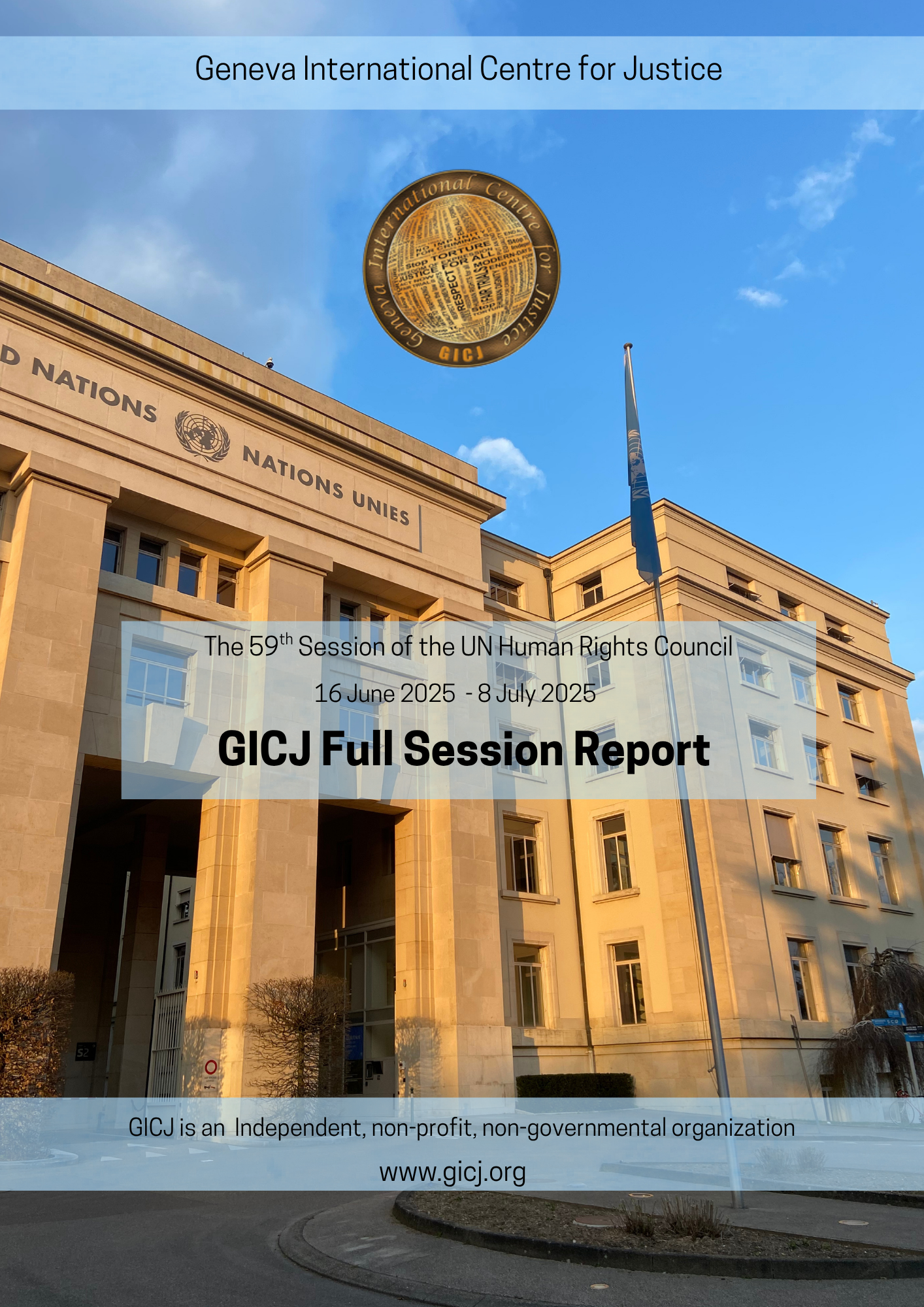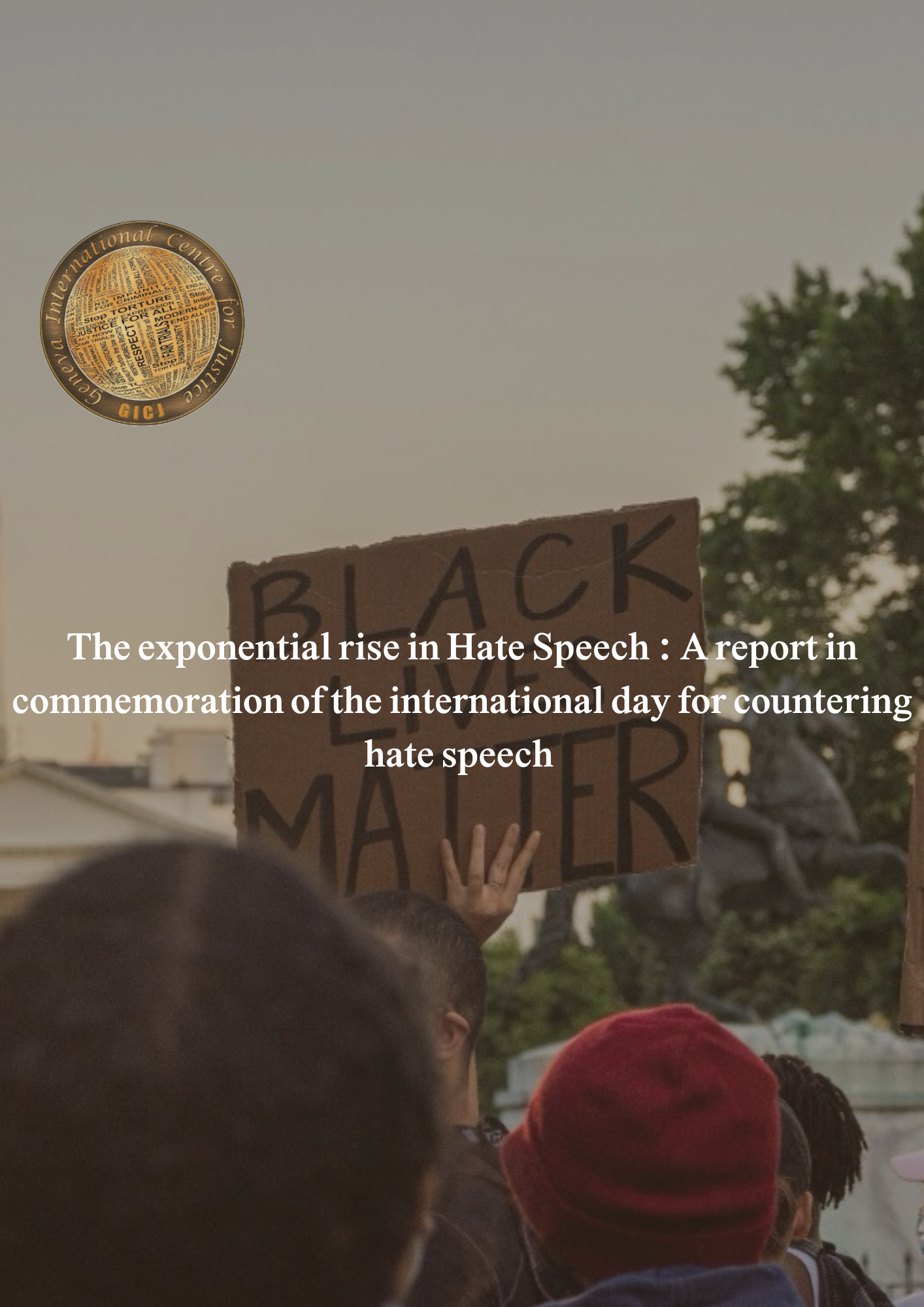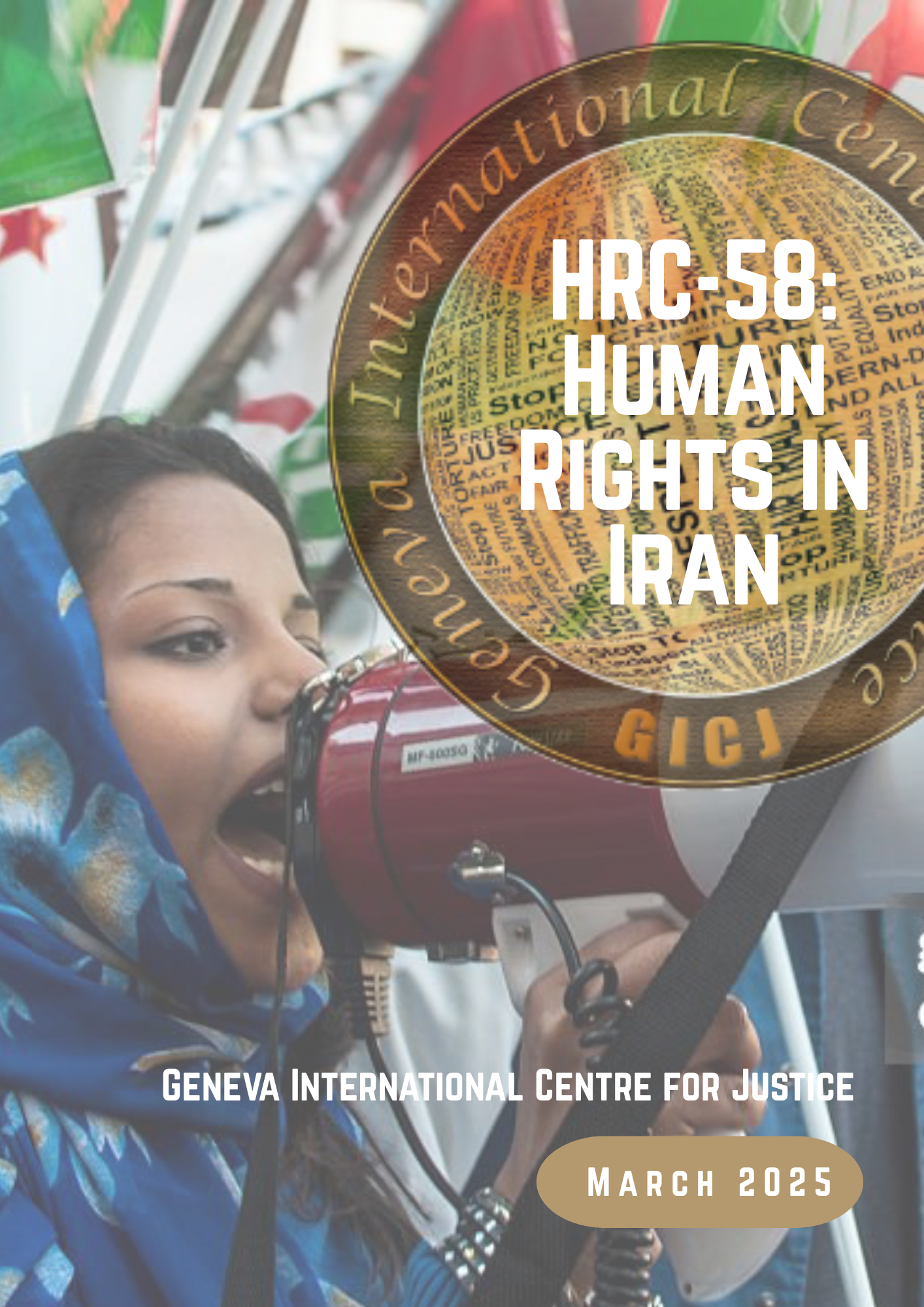By Gian Heimann / GICJ
 Trafficking in persons stands at the centre of transnational organised crime and constitutes a grave violation of human rights. Every year, thousands of men, women, and children fall into the hands of traffickers, in their own countries and abroad. The victims often belong to the most vulnerable groups of people, such as migrants fleeing from war or misery. To address this, in 2013 the UN General Assembly, in Resolution A/Res/68/192, designated 30 July as the World Day Against Trafficking in Persons, seeking to raise “awareness of the situation of victims of human trafficking and for the promotion and protection of their rights” [1].
Trafficking in persons stands at the centre of transnational organised crime and constitutes a grave violation of human rights. Every year, thousands of men, women, and children fall into the hands of traffickers, in their own countries and abroad. The victims often belong to the most vulnerable groups of people, such as migrants fleeing from war or misery. To address this, in 2013 the UN General Assembly, in Resolution A/Res/68/192, designated 30 July as the World Day Against Trafficking in Persons, seeking to raise “awareness of the situation of victims of human trafficking and for the promotion and protection of their rights” [1].
Trafficking of persons is multifaceted. It is defined in the UN Trafficking in Persons Protocol, which supplements the United Nations Convention against Transnational Organised Crime, as "the recruitment, transport, transfer, harbouring or receipt of a person by such means as threat or use of force or other forms of coercion, abduction, fraud or deception for the purpose of exploitation" [2]. Therefore, the definition consists of three core elements. First, the act of trafficking, for instance recruitment or transportation. Second, the means of trafficking, such as the use of force or deception. Third, the purpose of trafficking, which is always exploitation [3]. According to the United Nations Office on Drugs and Crime (UNODC), 50% of all victims of trafficking are exploited for sexual reasons, 38% for forced labour, and 6% for criminal activities [4].
According to the 2020 UNODC Global Report on Trafficking in Persons, women and children are most often the victims of human trafficking [5]. It is hard to estimate a total number of trafficked persons due to the fluid nature of the act and the difficulty of detecting the victims. The data of the report indicates that in 2018 about 50,000 human trafficking victims were detected and reported by 148 countries [6]. However, in a 2017 International Labour Organisation (ILO) report, a total of 24.9 million people were estimated to be victims of human trafficking [7]. Especially in the commercial sex industry, women and girls are disproportionately affected by forced labour, accounting for 99% of victims [8]. Nevertheless, men and boys can also fall victim to trafficking. Examples include involuntary recruitment as fighters for non-state armed groups, child pornography abuse, and sexual trafficking for paedophile rings [9].
Unfortunately, the Covid-19 pandemic deteriorated the global state of trafficking in persons even more. The 2021 study “Effects of the Covid-19 pandemic on trafficking in persons” by the Human Trafficking and Migrant Smuggling Section of the UNODC reports that measures to curb the spread of the coronavirus increased the risk of trafficking, exposed victims to further exploitation and limited access to essential services for victims of trafficking. Traffickers took advantage of the global crisis, capitalising on peoples' loss of income and the increased amount of time people were spending online [10].
In 2022, with the official theme for the World Day being the “Use and Abuse of Technology”, the UN wish to draw attention to the role of technology as a tool that can both enable and impede human trafficking. From 29-30th June, the 9th meeting of the Working Group on Smuggling of Migrants and the 12th meeting of the Working Group on Trafficking in Persons was held where the UN discussed current issues on human trafficking in the Conference of the Parties to the UN Convention against Transnational Organised Crime. The key agenda items consisted in the topics of best practices in joint investigations and specialised prosecutions. Additionally, experts also discussed the principle of non-punishment of victims of trafficking for offences they have been compelled to commit.
During the Constructive Dialogue on Smuggling of Migrants and Trafficking in Persons on July 1, the effects of the ongoing Russian aggression against Ukraine on trafficking were discussed. Already before the war, Ukraine was one of the top 5 countries of origin for human trafficking in the world. However, the situation is deteriorating as millions of Ukrainians have to flee their country, 90% of which are women and children. These refugees are especially endangered to become victims of human trafficking [11]. On 21st June, the Special Rapporteur on Human Trafficking presented her report to the Human Rights Council. She drew attention to agricultural workers, who are especially at risk of trafficking for forced labour. This is due to the informality and isolation of agricultural work and because the agricultural sector continues to rely heavily on temporary, seasonal and circular migration.
Geneva International Centre for Justice (GICJ) condemns human trafficking as well as all other forms of exploitation. GICJ calls on the international community to increase efforts to create a multilateral approach towards preventing, detecting and punishing human trafficking, incorporating a gender-sensitive human rights-based perspective. In addition, GICJ encourages government authorities to provide support and promote health services for victims of human trafficking, especially educational opportunities and health services for the physical and psychological trauma of exploitation. We also call on States to follow the principle of non-punishment to ensure a human rights-based approach to addressing victims of human trafficking.
World day against trafficking in persons, human trafficking, people smuggling, trafficking in persons, forced labour, exploitation, sexual exploitation, human rights, Geneva International Centre for Justice, GICJ, Geneva4Justice
[1] Improving the coordination of efforts against trafficking in persons, para. 5, A/RES/68/192 (18 Dec. 2013).
[2] https://www.unodc.org/res/human-trafficking/2021the-protocol-tip_html/TIP.pdf, Art. 3 (a)
[3] https://www.unodc.org/unodc/en/human-trafficking/crime.html
[4] 2020 Global Report on Trafficking in Persons, https://www.unodc.org/documents/data-and-analysis/tip/2021/GLOTiP_2020_15jan_web.pdf, page 11
[5] 2020 Global Report on Trafficking in Persons, https://www.unodc.org/documents/data-and-analysis/tip/2021/GLOTiP_2020_15jan_web.pdf, page 31
[6] 2020 Global Report on Trafficking in Persons, https://www.unodc.org/documents/data-and-analysis/tip/2021/GLOTiP_2020_15jan_web.pdf, page 52
[7] The ILO uses the term forced labour. 2017 ILO report Global Estimates of Modern Slavery: Forced Labour and Forced Marriage: https://www.ilo.org/wcmsp5/groups/public/---dgreports/---dcomm/documents/publication/wcms_575479.pdf, page 18
[8] 2017 ILO report Global Estimates of Modern Slavery: Forced Labour and Forced Marriage: https://www.ilo.org/wcmsp5/groups/public/---dgreports/---dcomm/documents/publication/wcms_575479.pdf, page 23
[9] For examples see last year’s theme of the world day about victims’ voices by UNDOC here: https://www.unodc.org/unodc/en/endht/2021/stories.html
[10] https://www.unodc.org/documents/human-trafficking/2021/The_effects_of_the_COVID-19_pandemic_on_trafficking_in_persons.pdf
[11] https://www.unodc.org/documents/organized-crime/reviewmechanism/CDTIPSOM-Caritas.pdf; https://www.unhcr.org/news/press/2022/4/6255a6964/statement-risks-trafficking-exploitation-facing-refugees-ukraine-attributed.html




